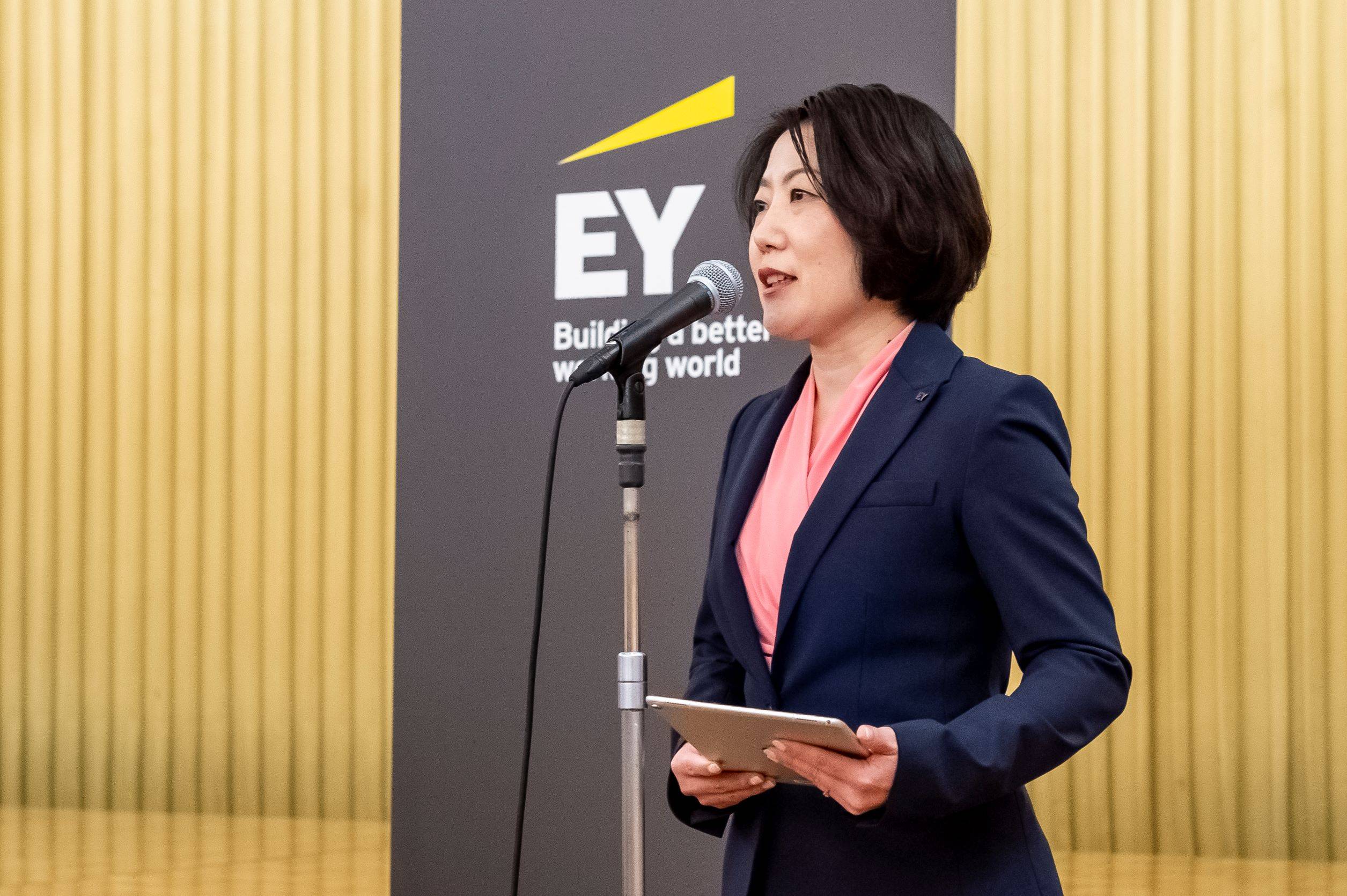This series explores topics surrounding women who began their careers in Japan following the implementation of equal opportunities employment legislation in the mid-1980s. With many now reaching the age of retirement, it is hoped their stories can provide insight and lessons for women in Japan's working world today.
Masami Katakura, the first chairwoman of a "big four" accounting firm in Japan, is the face of Ernst & Young (EY) ShinNihon — literally. Mere steps after entering EY’s office in Hibiya Midtown, Tokyo, you are greeted by her radiant smile emanating from the covers of Accountant’s Magazine, prominently stacked in rows on the office magazine rack.
“When the face of someone you know is pasted on the cover, it gets awkward tossing these copies in the recycling bin,” joked 53-year-old Katakura when I mention this, “I’m forever stuck on display.” Her unassuming laughter is infectious.


















With your current subscription plan you can comment on stories. However, before writing your first comment, please create a display name in the Profile section of your subscriber account page.